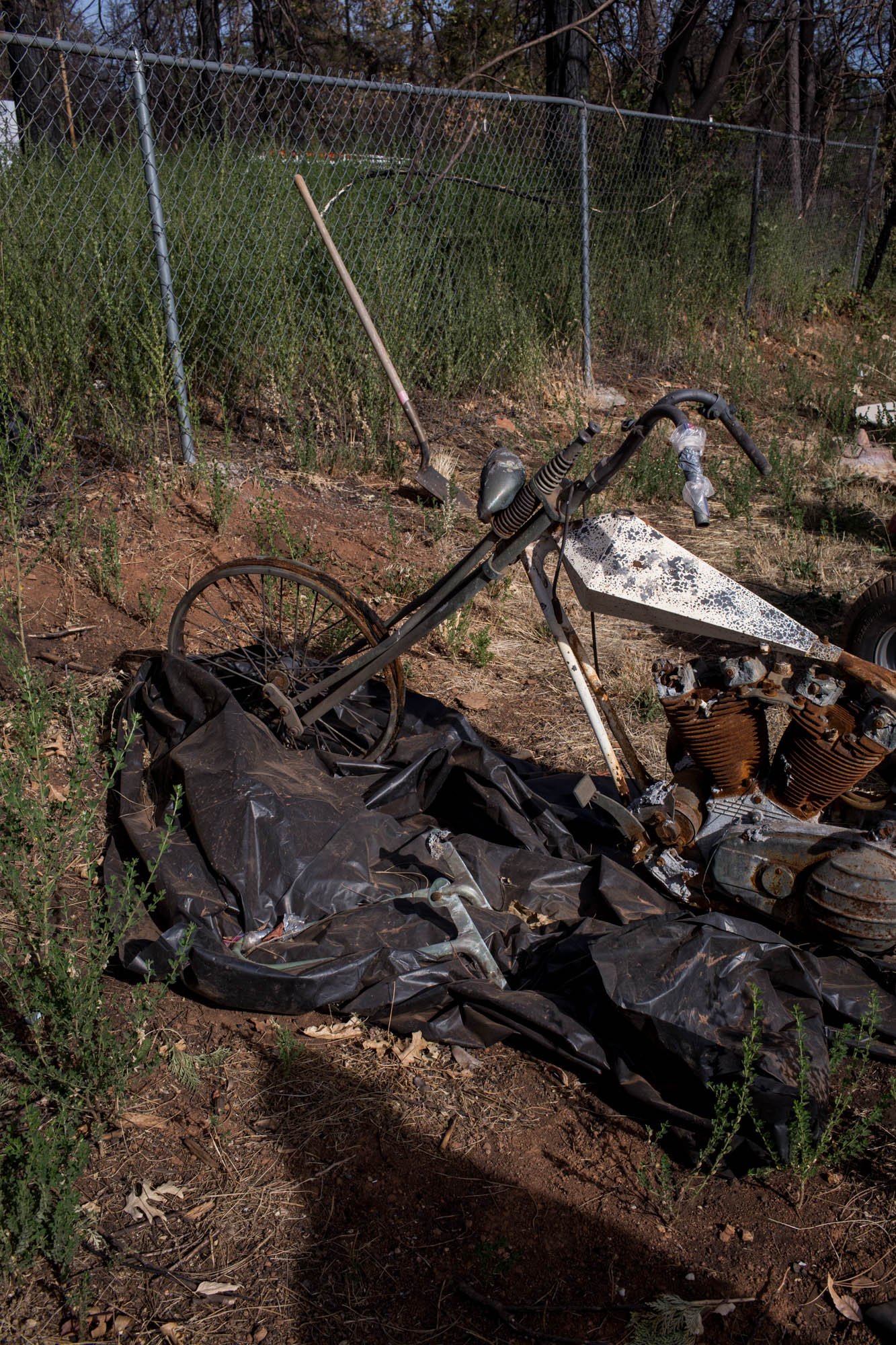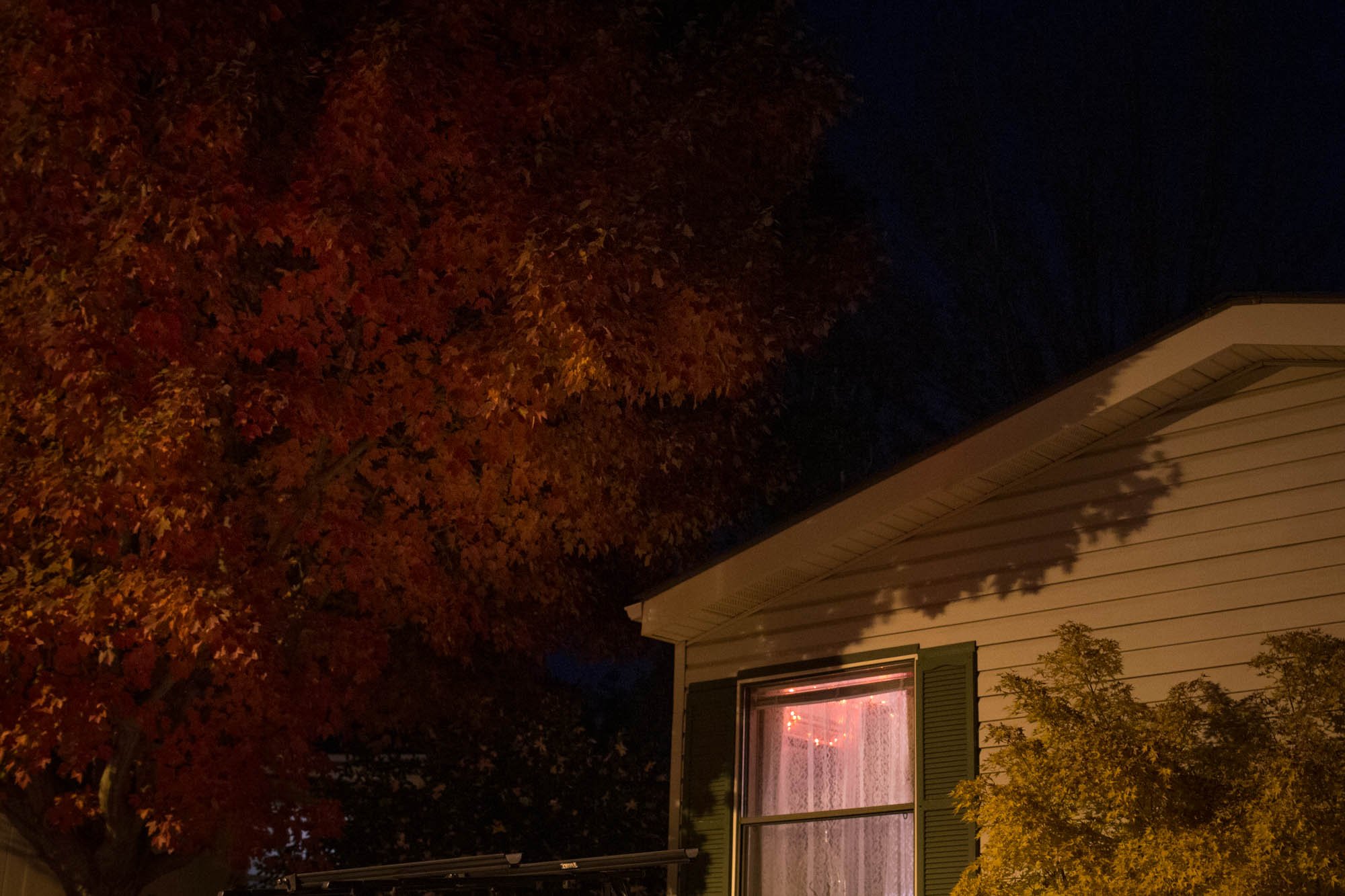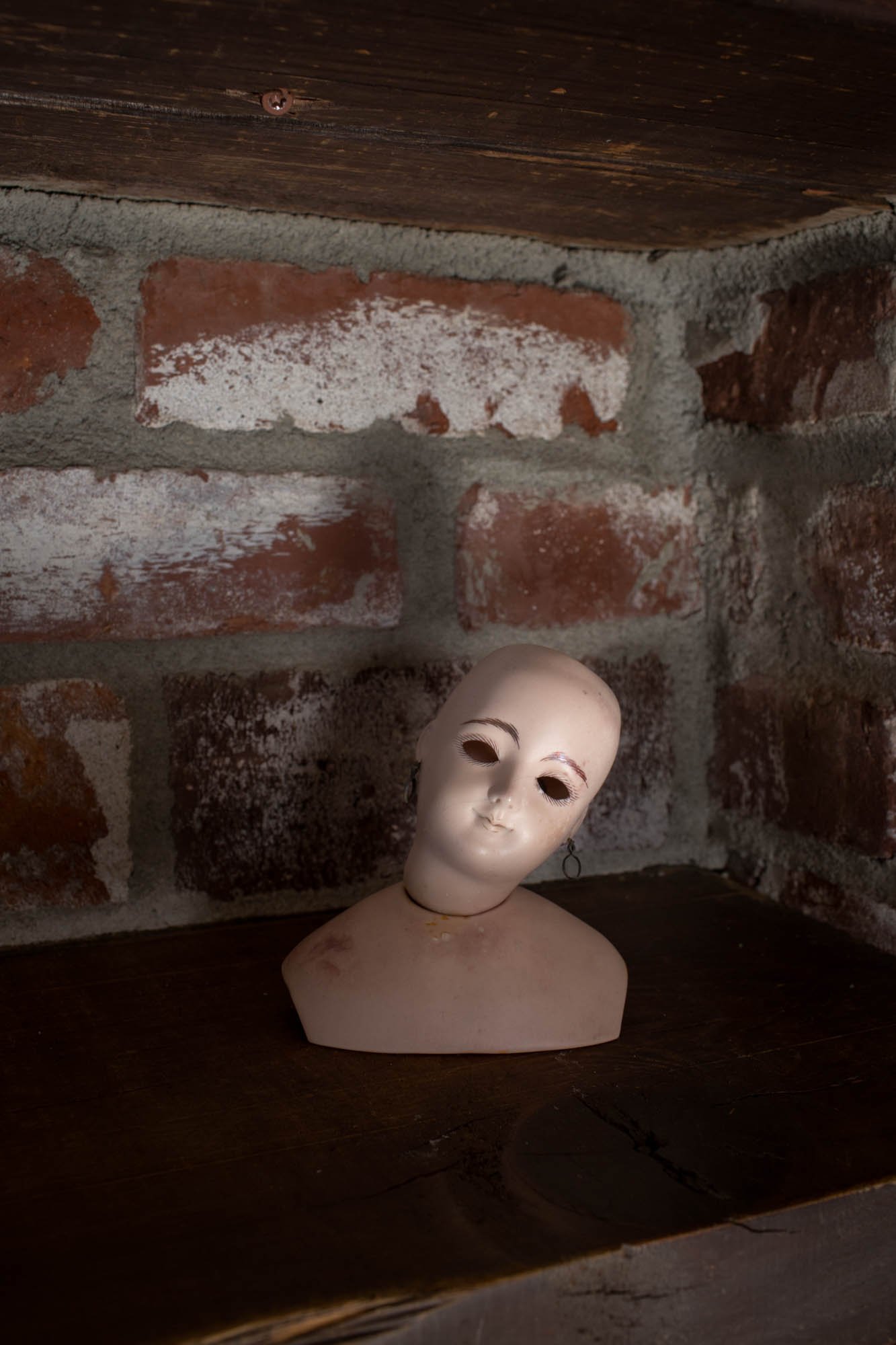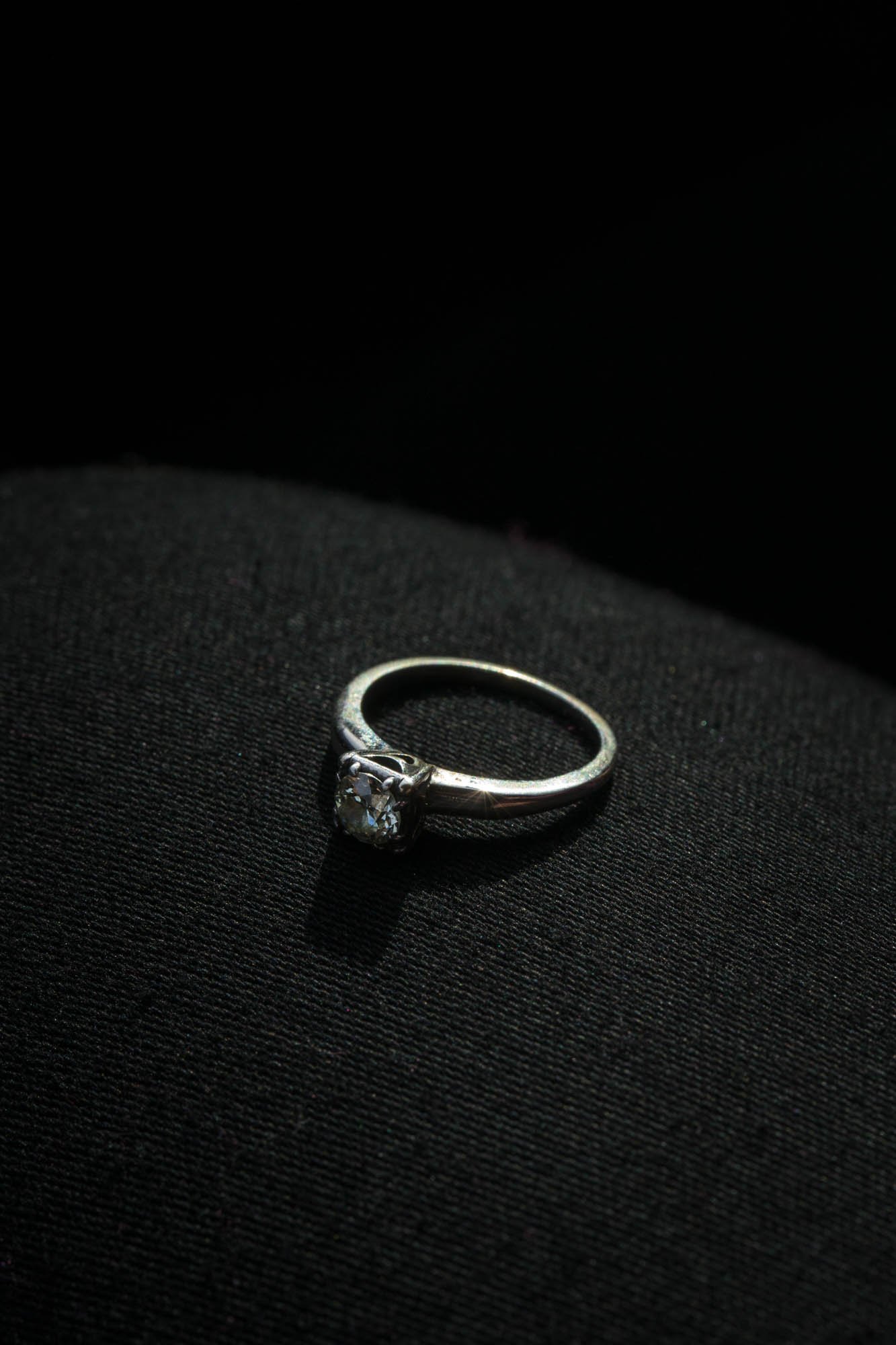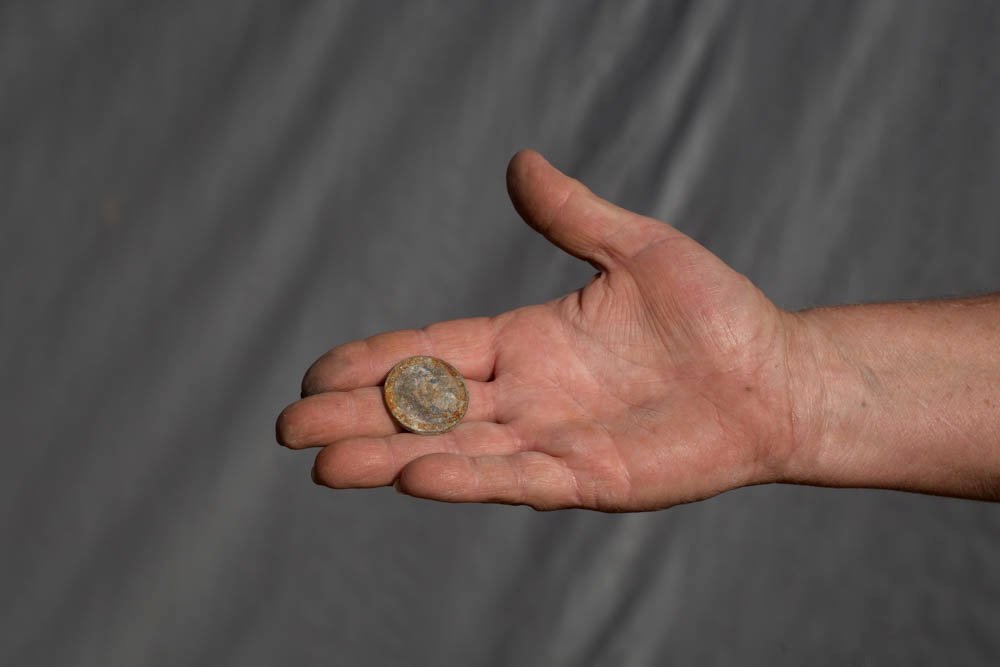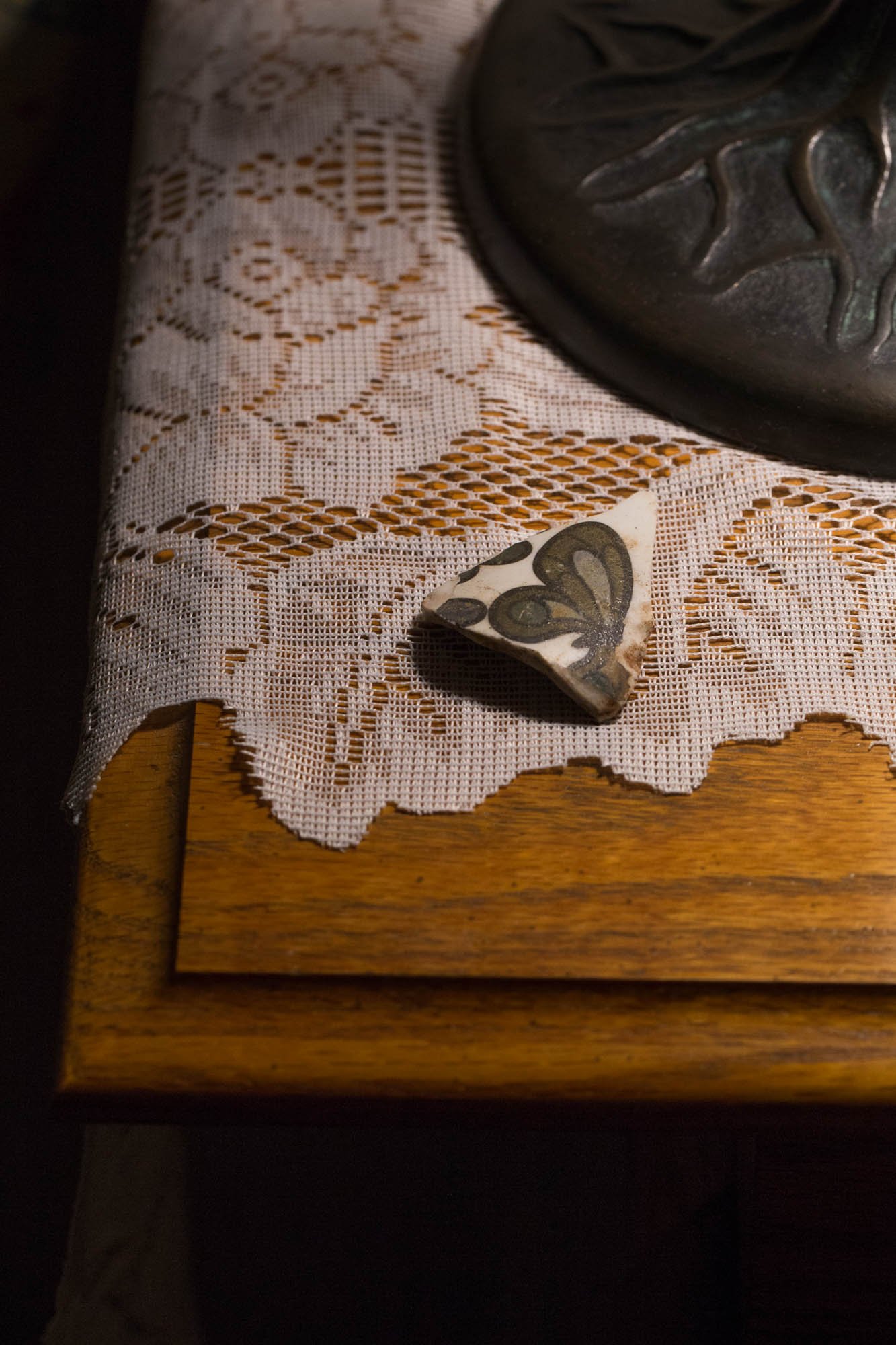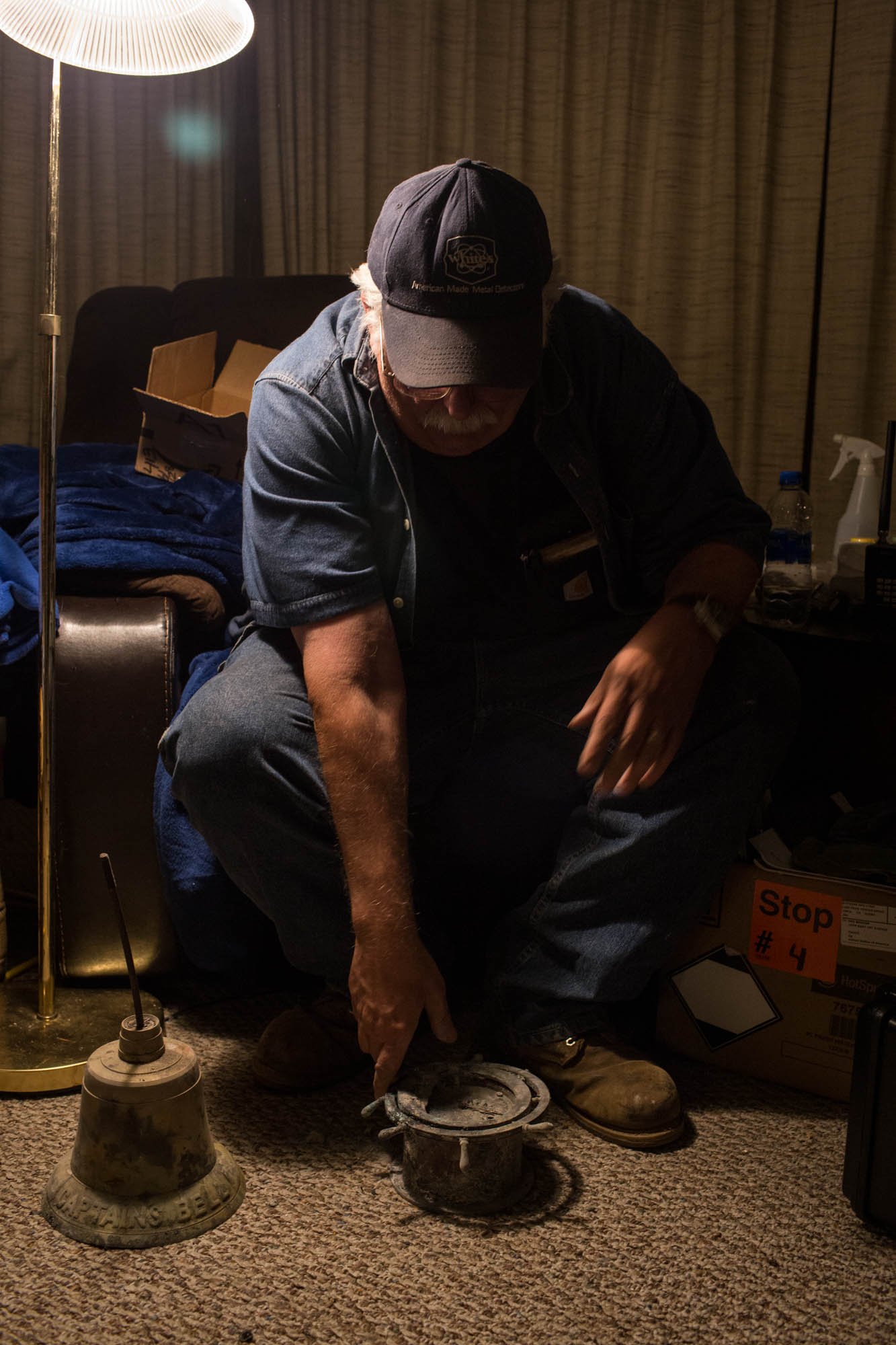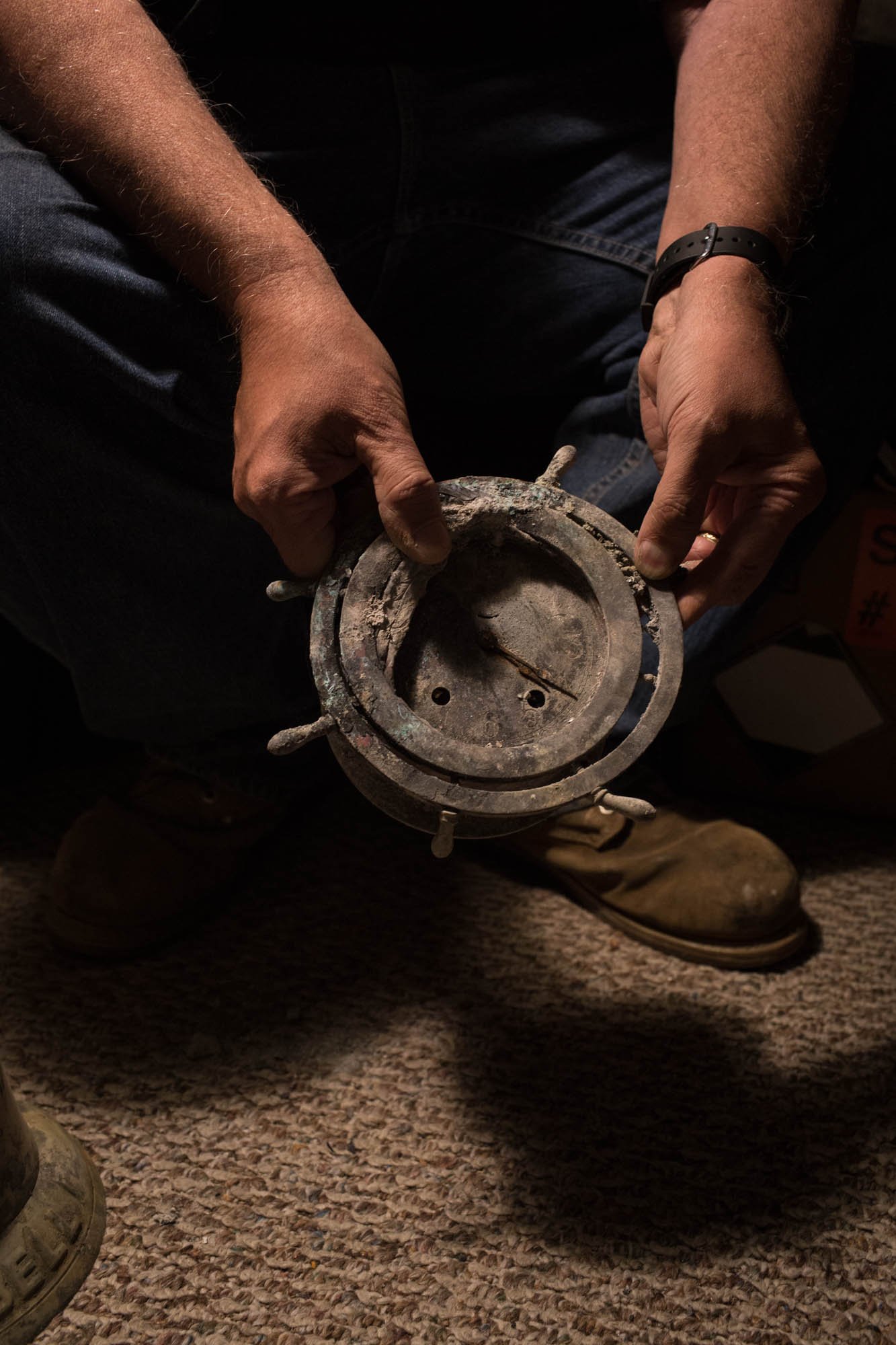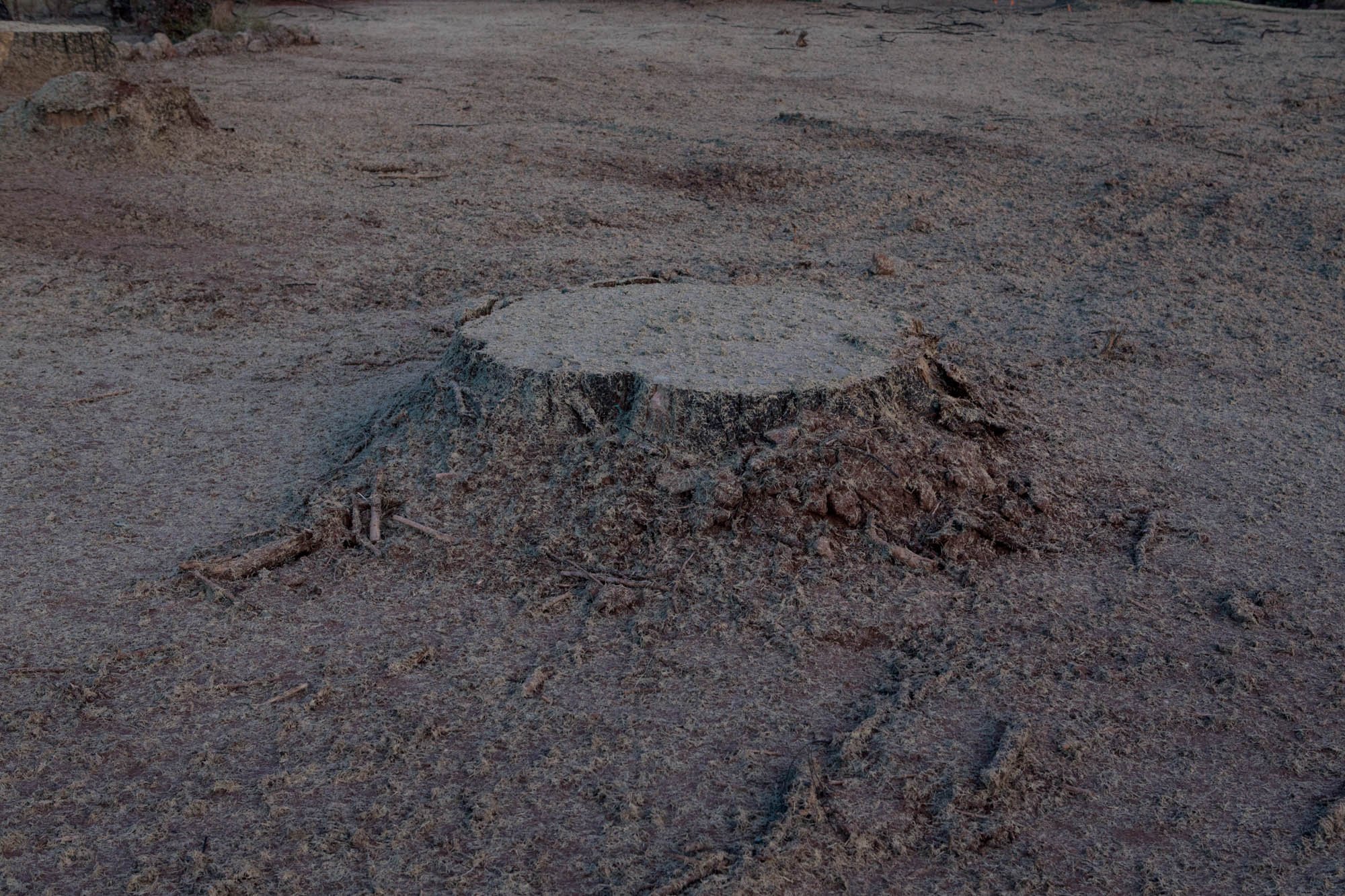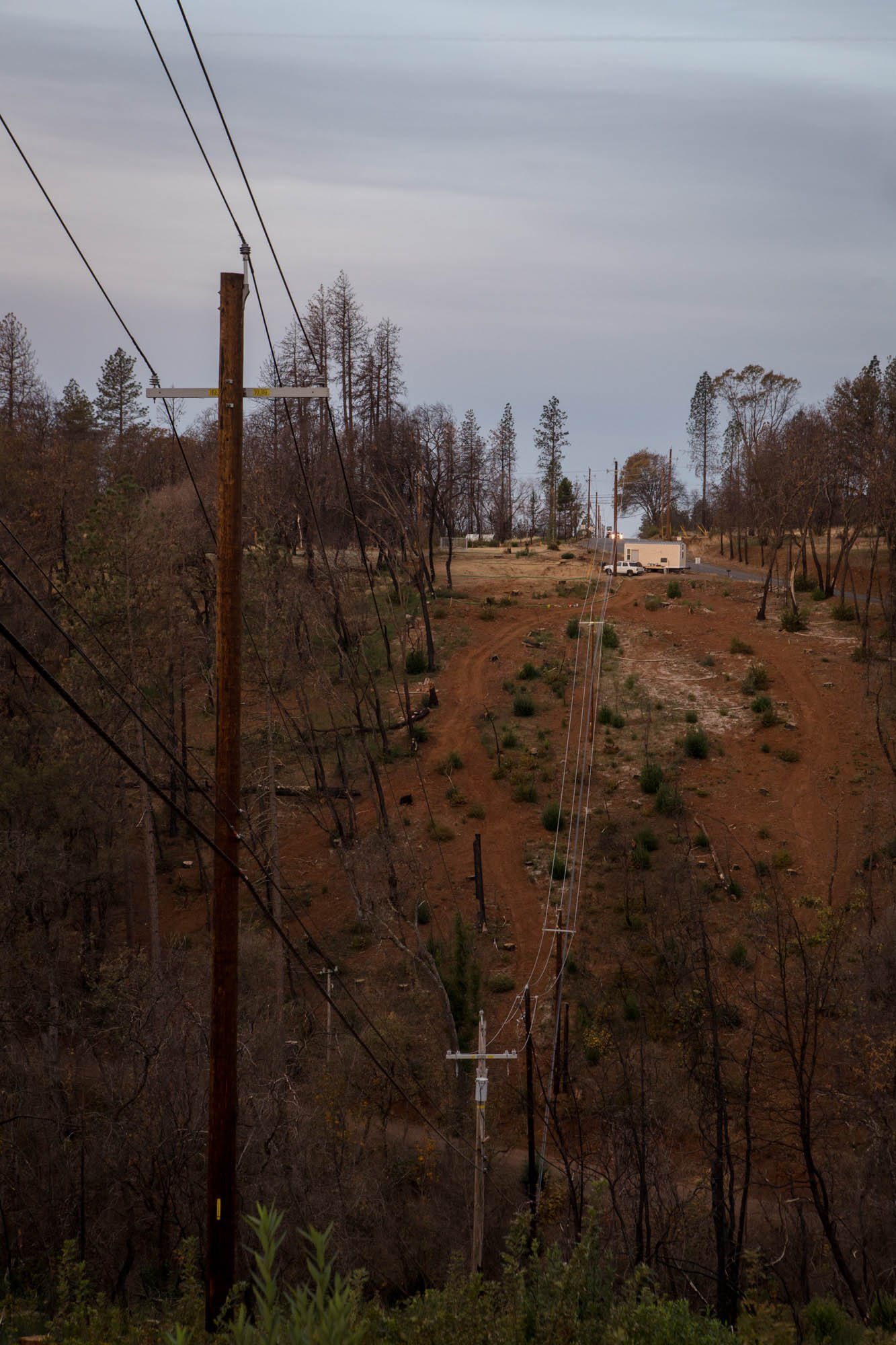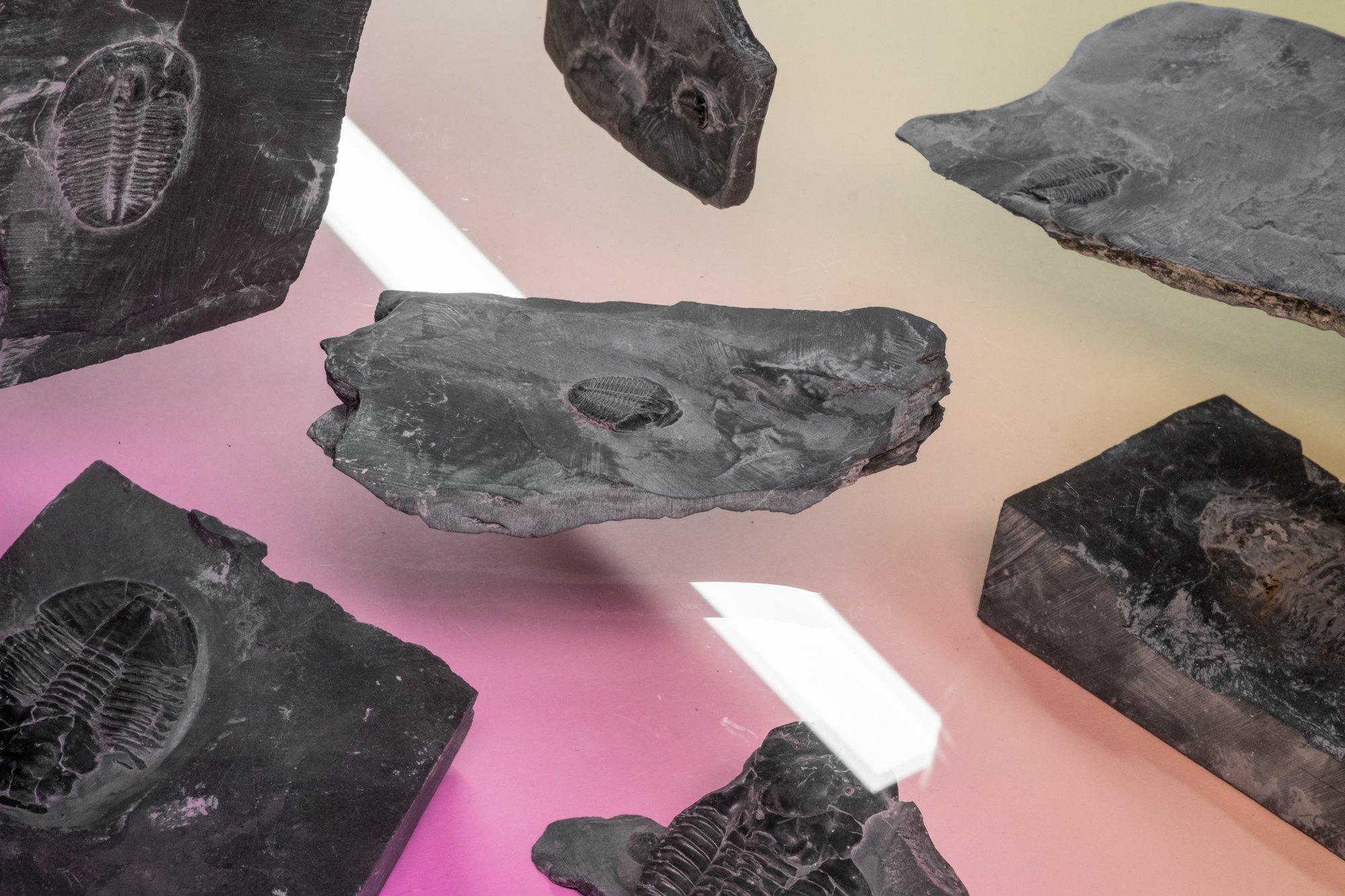
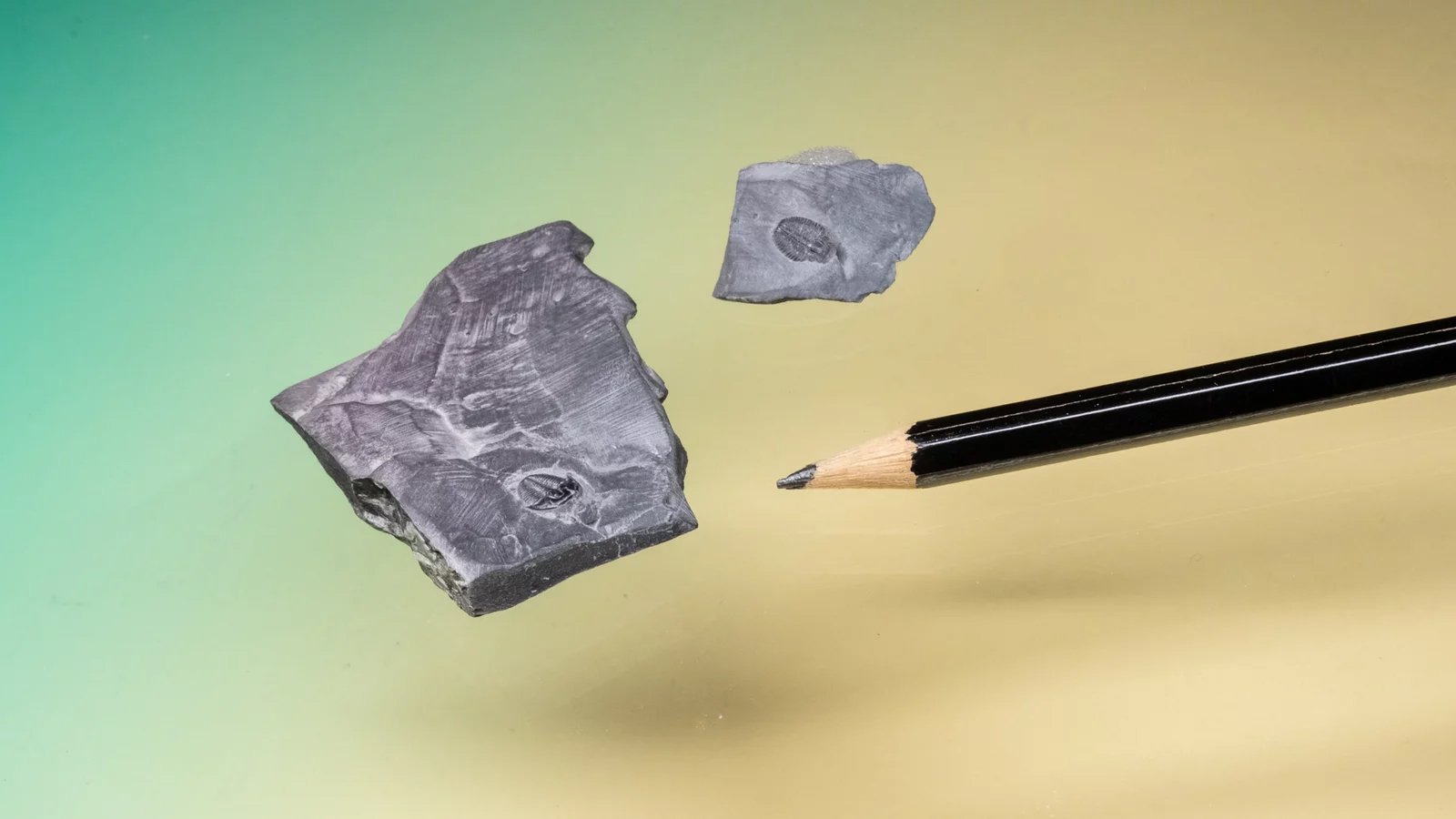
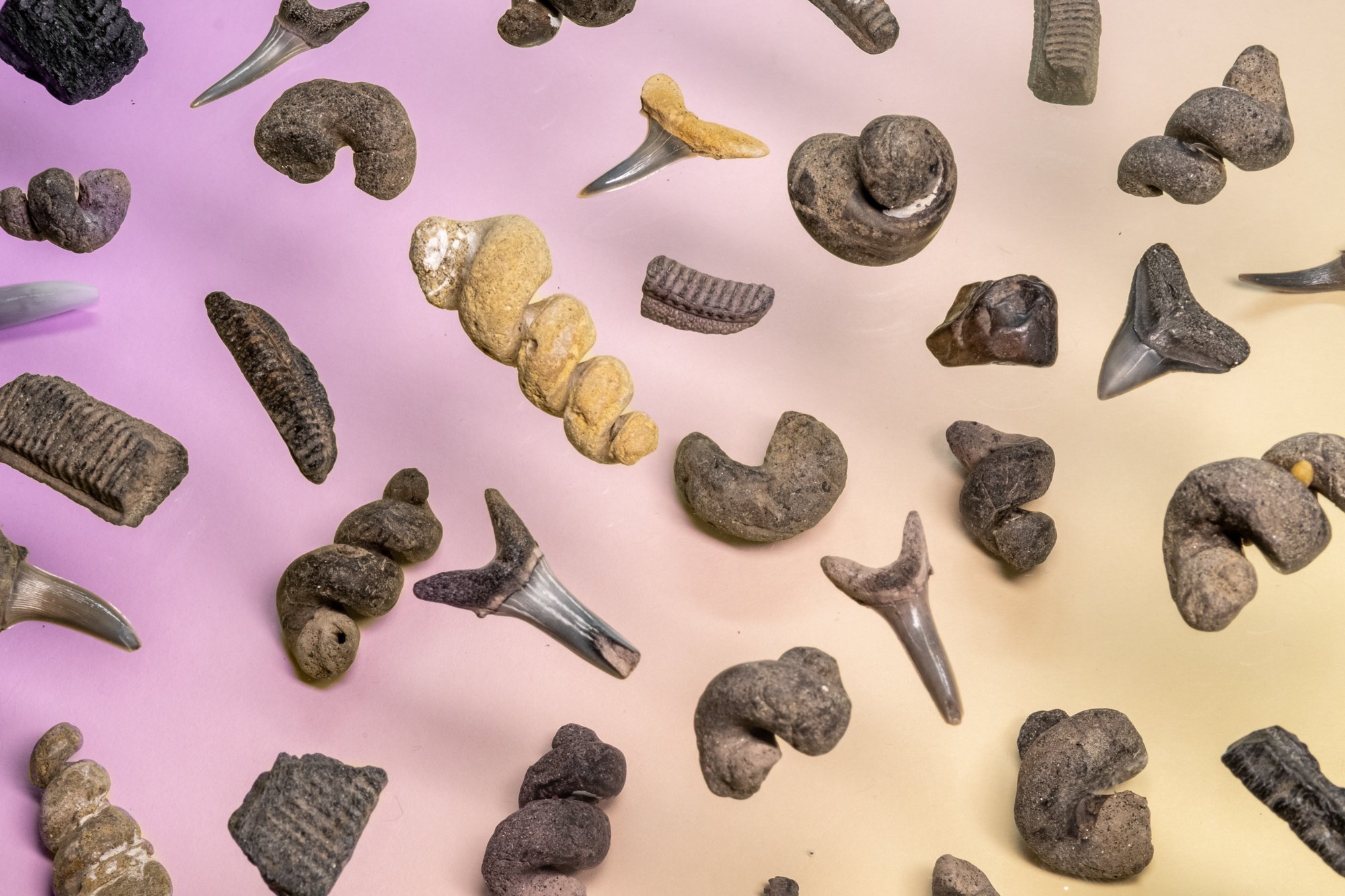
Finding Fossils in D.C.
I wrote an essay for NPR about my love of fossil-hunting in the nation’s capitol and beyond. It was such a delight to also photograph my favorite finds. But the best part? Hearing from all the fossil fans after the piece published.
“The District was, all jokes aside, a lush swamp back in the Cretaceous period. Dinosaurs, muck-dwelling mollusks and megalodons patrolled the humid wetland in areas where busy congressional staffers now line up for lunch at food trucks. And periodically, often serendipitously, the traces of that ancient world emerge.”
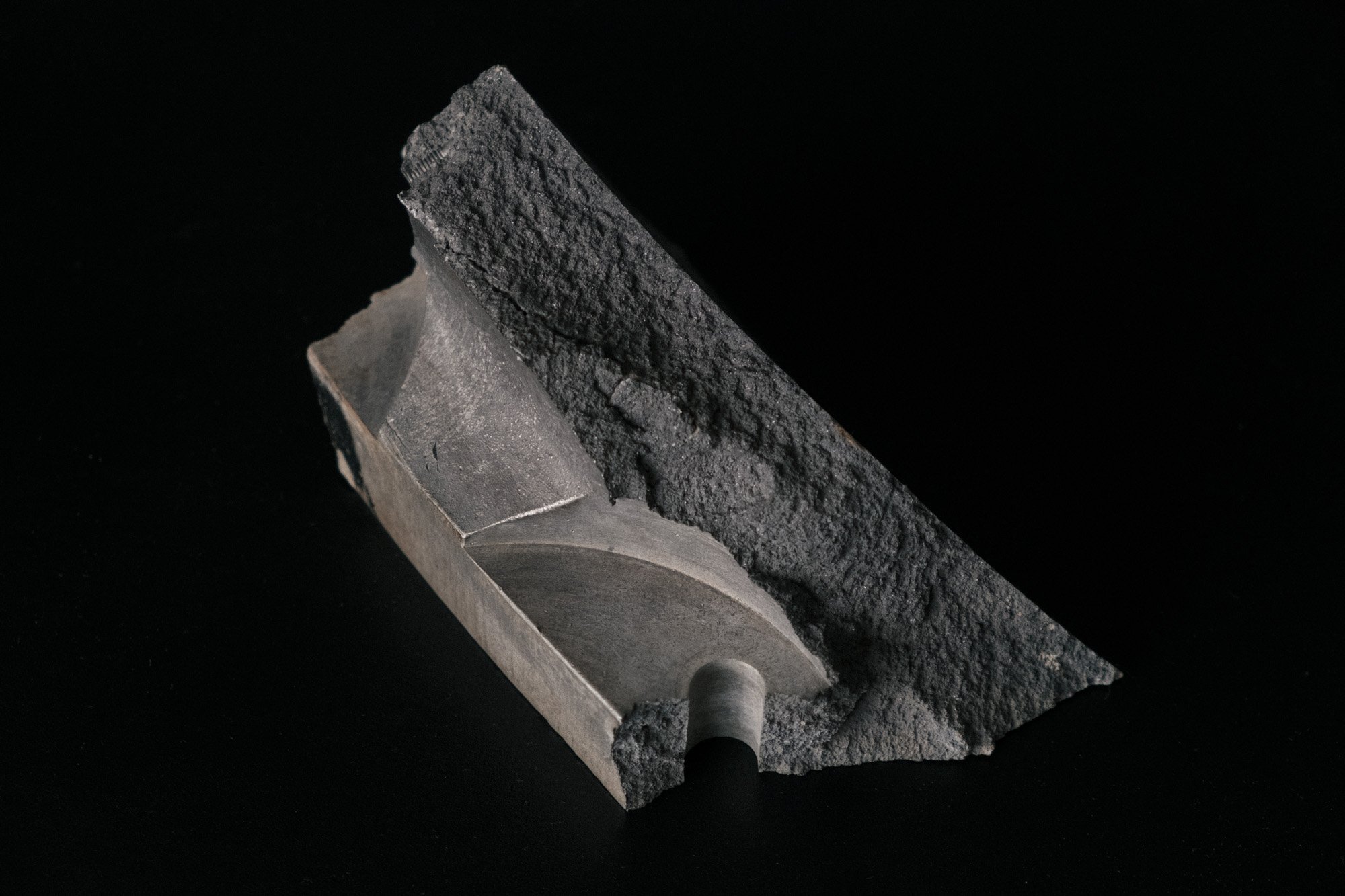
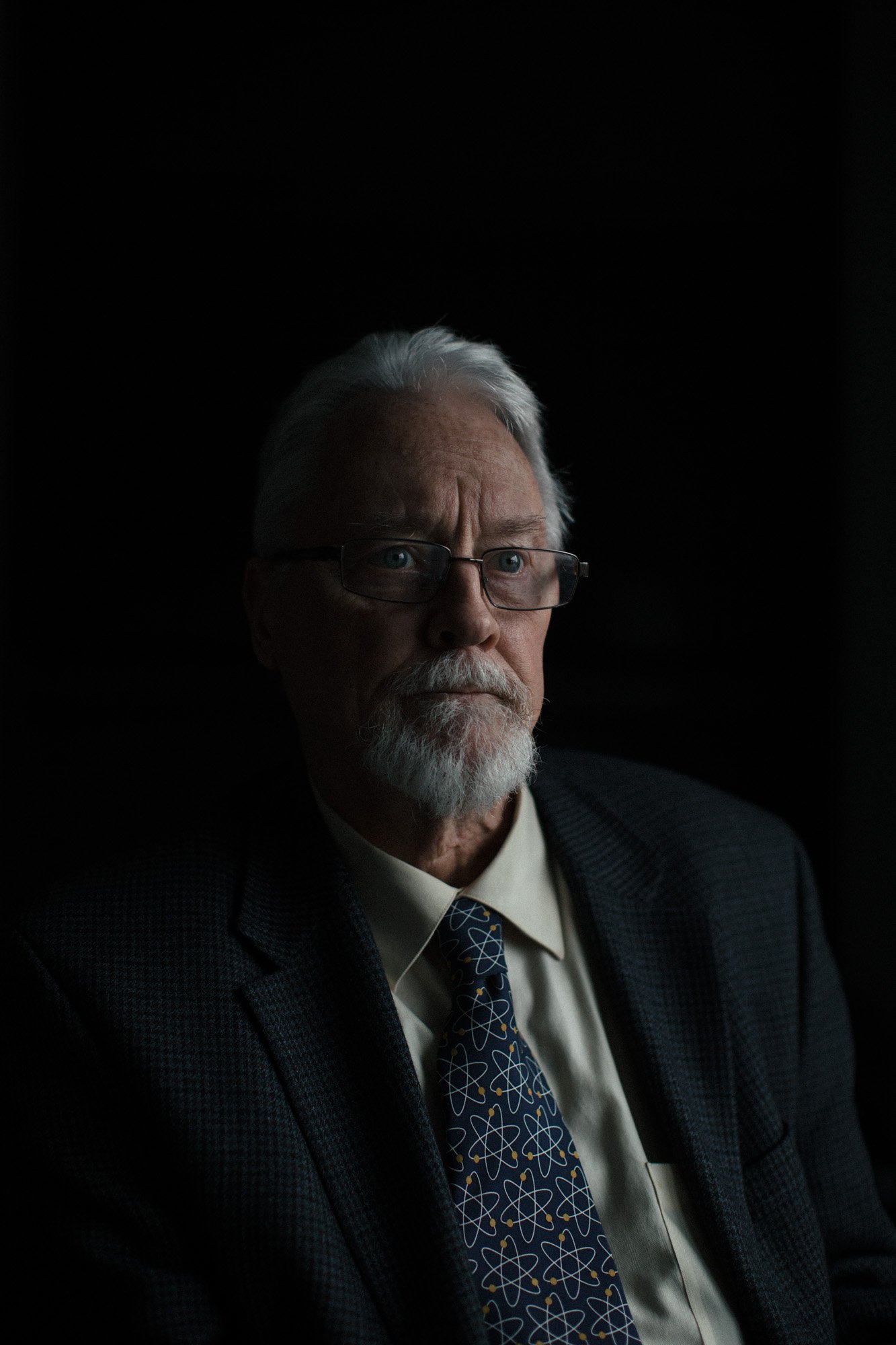

NUCLEAR TRUCKER
John Coster-Mullen, a truck driver from Wisconsin, reverse-engineered America's first nuclear weapons and self-published a book on his findings.
His 431-page book, Atom Bombs: The Top Secret Inside Story of Little Boy and Fat Man compiles research, drawings and archival photos of the Fat Man, the bomb that fell on Nagasaki and Little Boy, the bomb that was dropped on Hiroshima.
Coster-Mullen began building models of nuclear bombs as a hobby but began noticing errors in other replicas he came across. In search of accuracy, he drove across the country to a museum in Los Alamos, N.M., which had full-scale replicas, and took copious notes on what he found. Then, on private land in the western U.S., Coster-Mullen found a fragment of what he believes is bomb casing from a test version of the Fat Man design. He says all of the information he found was hiding in plain sight: the designs, details and ingredients for making an atomic weapon.
The things that survived the fire
In the summer of 2019, I was in Paradise, Calif., with NPR reporter Kirk Siegler reporting on the aftermath of the deadly Paradise fire six months after it happened. We came across a couple who were searching the burnt footprint of their home, delicately stepping through the ashes in search of anything that had survived.
I returned later that year to talk to survivors who had reclaimed things from the fire — a ceramic chip from a loved one’s teacup; an untouched newspaper that escaped the flames; a grandmother’s wedding ring pulled from the ashes. I spoke with Stacey Menzel Baker, who studies object attachment, to explain why we have relationships with things, and how objects can help us process immense trauma and grief.
Read the full story here.
